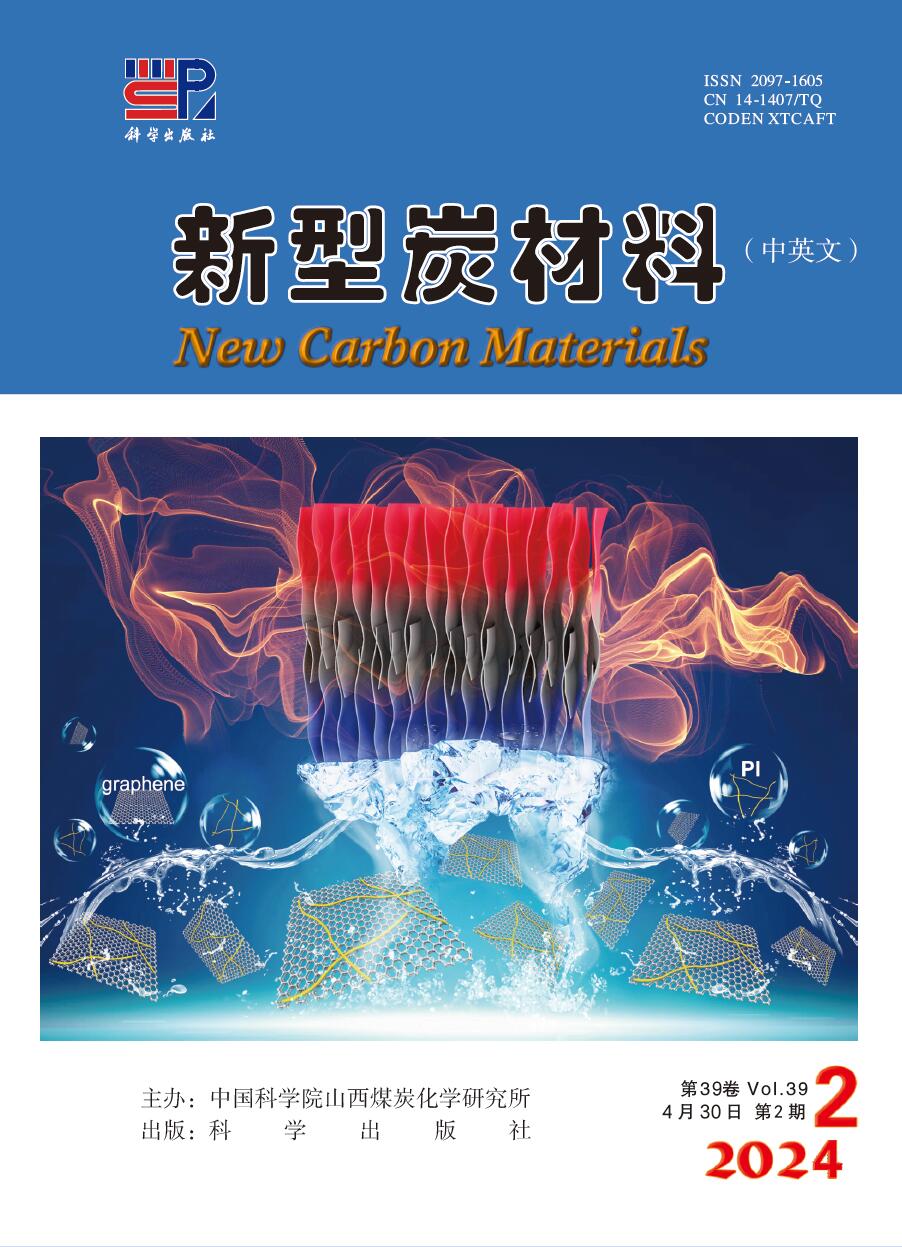2016 Vol. 31, No. 6
2016, 31(6): 555-567.
Abstract:
2016, 31(6): 600-608.
Abstract:
2016, 31(6): 609-614.
Abstract:
2016, 31(6): 615-620.
Abstract:
2016, 31(6): 628-638.
Abstract:
2016, 31(6): 639-645.
Abstract:
2016, 31(6): 646-650.
Abstract:


 Abstract
Abstract PDF
PDF













 Classified Collection
Classified Collection

 Email alert
Email alert RSS
RSS Download
Download Links
Links

